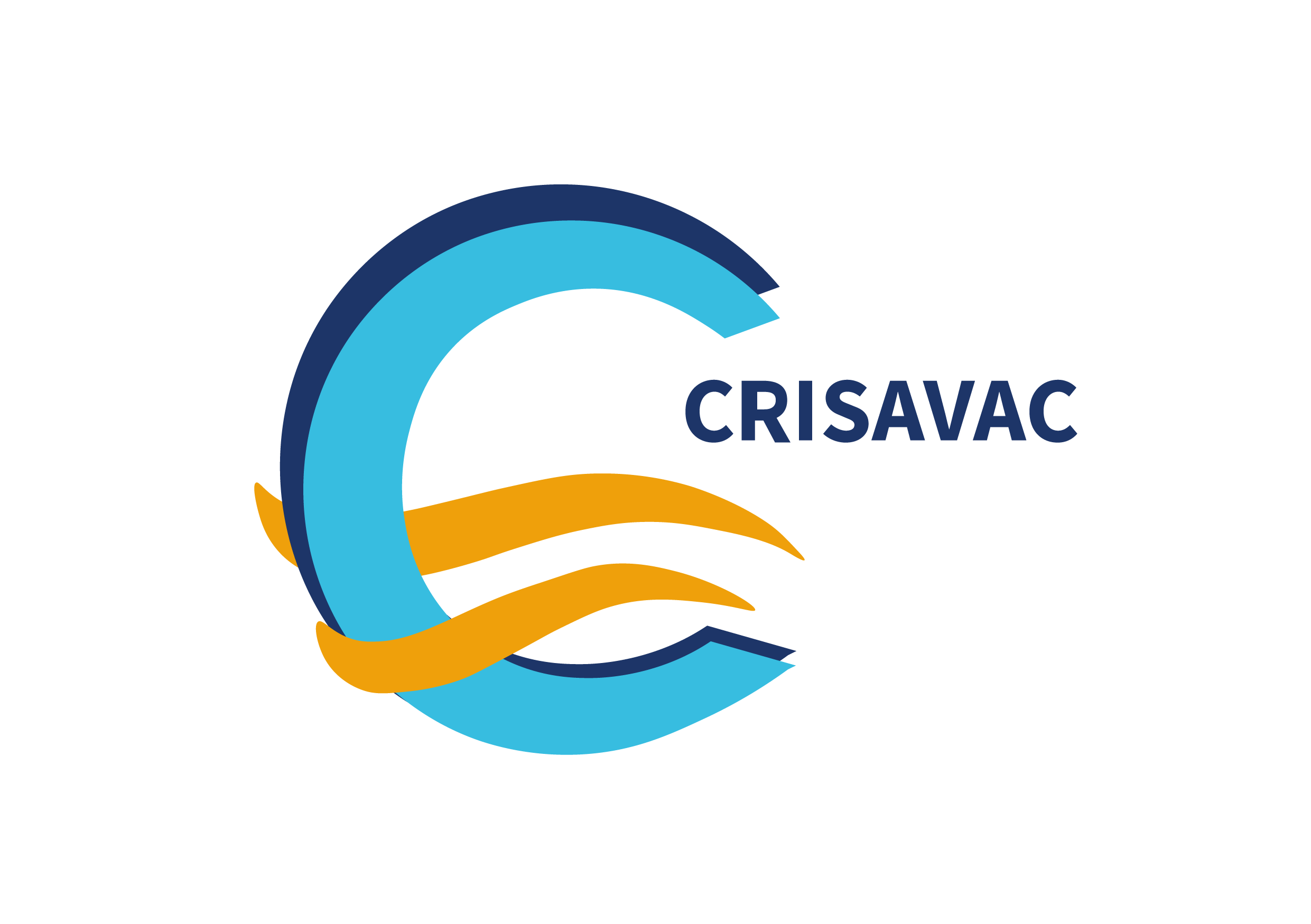What Is a Low Residue Diet Plan?
A low deposit diet regimen is a customized consuming strategy that aims to lower the fumarex spray donde lo venden quantity of fiber and undigested food in the stomach (GI) tract. This type of diet plan is frequently suggested for individuals with particular clinical problems or those who have actually undergone particular medical treatments. By restricting the intake of certain foods, a low deposit diet aids to decrease defecation and reduce stool quantity, offering relief for numerous GI-related signs.
A reduced residue diet is particularly created to be gentle on the digestive system. It limits foods that are high in fiber, such as whole grains, nuts, seeds, as well as raw fruits and vegetables. Unlike other nutritional strategies, a low deposit diet regimen focuses on consuming conveniently absorbable and absorbable foods with reduced fiber content.
Who Should Adhere To a Low Residue Diet Regimen?
A low residue diet regimen is frequently recommended for people with specific clinical problems, including inflammatory digestive tract condition (IBD), Crohn’s disease, diverticulitis, ulcerative colitis, and also radiation enteritis. It might additionally be recommended for those recouping from specific intestinal surgical treatments, such as digestive tract resection or colostomy.
The main goal of a low deposit diet plan is to supply short-lived relief and also give the GI tract time to heal. By lowering the amount of fiber as well as roughage in the diet, the digestion system experiences less pressure and also is able to recoup more effectively.
It is necessary to keep in mind that a low residue diet is commonly not a lasting option. As soon as the underlying condition or medical recovery has actually improved, individuals may progressively reestablish high-fiber foods into their diet under the support of a medical care professional.
What Foods Are Permitted on a Low Deposit Diet?
A low residue diet plan generally includes quickly absorbable foods that are gentle on the GI tract. Here are some examples of foods that are normally allowed on a low residue diet:
- Improved grains, such as white bread, pasta, and rice
- Well-cooked vegetables without skin or seeds, such as peeled off and boiled potatoes or carrots
- Tender, lean meats, such as hen, turkey, or fish
- Eggs
- Tinned or prepared fruits without skin or seeds
- Milk items, such as milk, yogurt, as well as cheese
- Smooth nut butters
- Non-gas-producing fluids, such as clear broth or strained juices
These foods are less complicated to absorb and also do not leave a substantial amount of undigested residue in the GI system. It is important to keep in mind that specific nutritional needs might vary, and it is always best to consult with a healthcare specialist or authorized dietitian to develop an appropriate reduced residue diet regimen strategy based upon certain wellness demands.
Foods to Prevent on a Low Deposit Diet Regimen
To efficiently reduce fiber consumption and minimize defecation, individuals adhering to a reduced residue diet ought to avoid specific foods. These consist of:
- Entire grains, such as entire wheat bread and brown rice
- Grains with added nuts, seeds, or dried out fruits
- Raw vegetables and fruits
- Legumes, such as beans as well as lentils
- Nuts and seeds
- Crunchy or coarse treats, such as snacks or pretzels
- Fatty and hondrexil precio fried foods
- Caffeinated and carbonated drinks
These foods are high in fiber and can aggravate the GI tract, creating boosted defecation and pain. By preventing these foods, people can successfully handle their symptoms and promote healing in the digestion system.
Meal Preparation and Tips for a Low Deposit Diet Plan
Producing meal plans that follow a low residue diet can be difficult, however with mindful planning and the right method, it is feasible to appreciate a selection of flavorful meals. Right here are some valuable suggestions for meal planning on a reduced residue diet plan:
- Focus on small, frequent meals to relieve digestion
- Cook vegetables up until they are soft as well as quickly mashed
- Pick lean healthy protein sources to reduce digestive system pressure
- Explore herbs as well as seasonings to boost flavor without adding fiber
- Opt for cooking methods such as boiling, steaming, or baking rather than frying
- Remain hydrated by consuming lots of water throughout the day
- Consider maintaining a food journal to track triggers as well as determine issue foods
Remember, it is vital to function very closely with a healthcare expert or authorized dietitian to develop a customized low residue diet plan that fulfills certain nutritional requirements and objectives.
In Conclusion
A low residue diet is a specific eating strategy that restricts the intake of fiber and also roughage, giving temporary relief for people with certain medical problems or recouping from stomach surgical treatments. By adhering to a reduced deposit diet plan, people can help reduce bowel movements and also decrease GI-related signs and symptoms. It is important to speak with a health care expert or registered dietitian to produce an ideal low residue diet regimen strategy based upon individual requirements as well as health needs.
Bear in mind, a low residue diet regimen is not a long-term option, and also once the underlying condition enhances, it is very important to gradually reintroduce high-fiber foods right into the diet regimen. With proper planning as well as support, people can effectively navigate a reduced deposit diet and also sustain their digestive system health.


Deixe um comentário